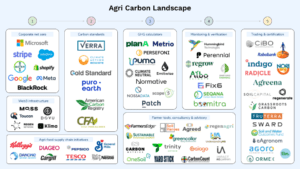
UPDATE: Ag Carbon Market Map: Meet the 75 companies helping to harness the benefits of regen ag
Ag carbon markets are becoming more viable thanks to smart program design and innovative tech, Matthew Guinness writes.

Ag carbon markets are becoming more viable thanks to smart program design and innovative tech, Matthew Guinness writes.
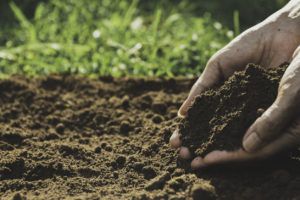
The US company’s soil carbon measurement, reporting, and verification platform could help corporates better meet their emissions reductions targets.
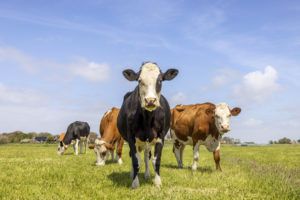
Keeping tabs on meat and dairy corporate climate goals is vital to holding these companies accountable for meaningful emissions reductions.
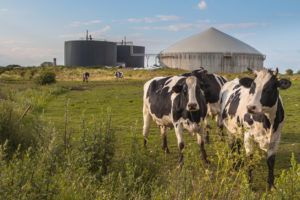
Enabling wider access to manure management tech such as anaerobic digesters is necessary for reducing dairy emissions in the US.

Choco became a unicorn with its latest fundraise, Leaft is making protein from leaves, and Alt Farm is 3D-printing waygu beef alternatives.

The crisis in Ukraine has damaged an already weakened post-Covid global food system. It has also highlighted the vulnerabilities of that system’s interconnectedness, write FAIRR’s Helena Wright and Alexander Burr.
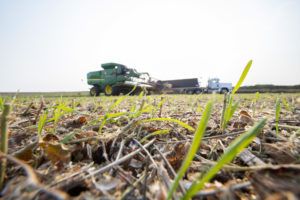
The pressure is on for Cargill, Danone, Pepsi, and other corporates to make good on the growing list of regen ag commitments in agrifood.

Check out AFN’s list of corporate climate commitments, net-zero pledges, and regen ag initiatives.
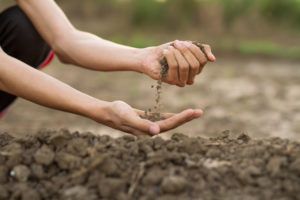
Farmers can use the R3 web app to forecast their potential return on investment for implementing various regenerative ag practices.

Regenerative agriculture can perhaps be best explained in terms of how it contrasts with other farming paradigms, writes HowGood’s Ethan Soloviev.

“We’ve spent the money to take the R&D risk away” for vertical farm operators, IGS’s David Farquhar says on the sidelines of COP26.

By joining the CanopyStyle initiative, Walmart will impel its suppliers to use alternate fiber sources such as ag byproducts.

Editor’s note: Ponsi Trivisvavet is CEO at Inari, a seed genetics startup based in Cambridge, Massachusetts. The views expressed in this guest article are the

Giulia Stellari, sustainable sourcing director at Unilever, explains how the consumer goods giant is responding to food traceability concerns amid Covid-19.

GROW’s first Singapore Food Bowl cohort specializes in areas including urban farming, ‘clean meat’ production, and food waste valorization.
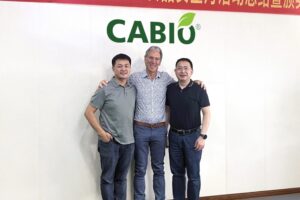
Nourish Ingredients, an Australian startup creating novel fats via fermentation, has struck a deal with Chinese biomanufacturing co CABIO Biotech in which CABIO will manufacture Nourish’s first product Tastilux at commercial scale.

Both candidates could have far-reaching impacts on the food industry, from Trump’s plans to let RFK ‘go wild’ on food & health to Harris’ proposal to increase the corporate tax rate.

“Our basic focus is making full use of the whole hemp plant: seed for feed and stalks for construction,” says cofounder Suneet Shivaprasad.

Plenty of commentators—and jaundiced investors—may query the economics of insect agriculture given the struggles of some high-profile players. But what about the touted environmental benefits? Is it a given that it is more sustainable to feed animals insect protein than, say, corn or soybean meal?

“Put it this way,” says Kevin Helash. “If you’re trying to fund an eight-year regulatory process with investors who have a window of five years, there’s a disconnect there.”

Sponsored
Sponsored post: The innovator’s dilemma: why agbioscience innovation must focus on the farmer first